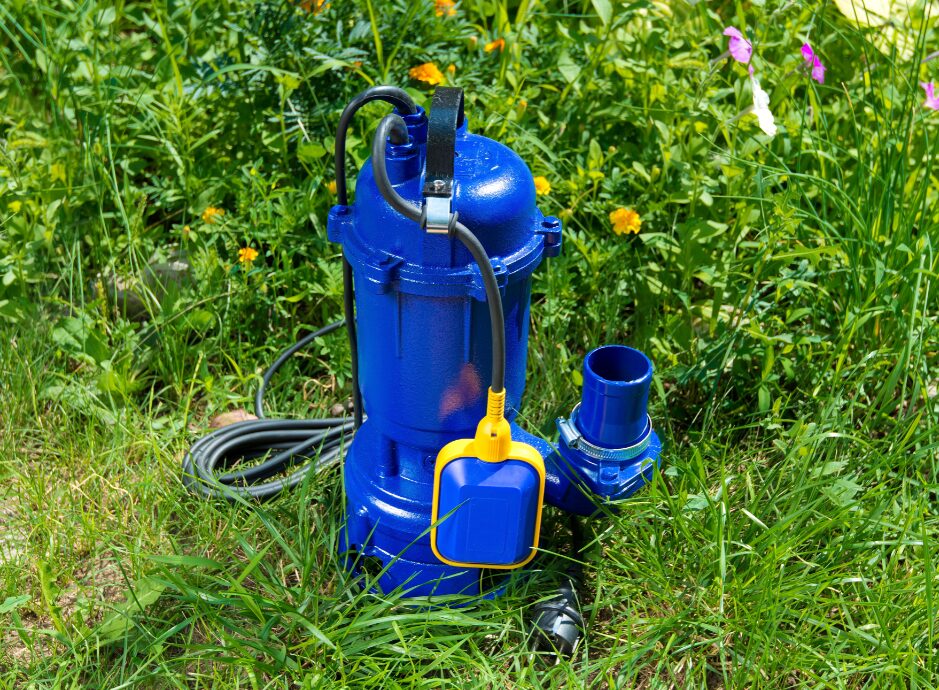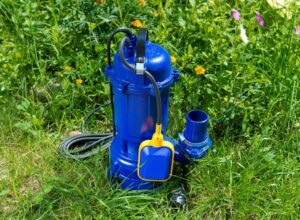We offer guaranteed sewage ejector pump installation and repair, backed by our decades of plumbing and sewer experience.
Sewage ejector pumps carry wastes from basement bathrooms, kitchens, etc. up to your home’s main drain system so it can gravity feed out to the county sewer system. Without a sewage ejector system, no one could have basement plumbing unless the house sewer drained out below the basement slab level.
Plumb Smart Inc has installed, serviced, and replaced dozens of these pumps over the last 20 years. They will last a long time if you obey the 10 commandments of sewage ejector pumps.
Why Choose Our Services?
- Expert Installation: Our team of certified plumbers specializes in the precise installation of sewage ejector pumps, ensuring a seamless integration with your home’s plumbing system.
- Custom Solutions: We understand that every home is unique. That’s why we offer personalized consultations to select the perfect pump model that meets your specific requirements, providing optimal performance and reliability.
- Peace of Mind: With our professional installation, say goodbye to the worries of basement flooding or sewage backup. Our pumps are designed to handle and transport waste water effectively, keeping your home clean and dry.
- Ongoing Support: Our commitment to you doesn’t end with installation. We provide comprehensive aftercare, including maintenance tips and 24/7 support for any queries or concerns.
Our Process:
- Consultation: We start with a detailed assessment of your needs, considering factors like the volume of wastewater, the number of fixtures, and your budget.
- Selection: Based on the assessment, we recommend the most suitable sewage ejector pump for your home.
- Installation: Our skilled technicians carry out a professional installation, ensuring everything is set up for optimal performance and longevity.
- Testing & Final Walkthrough: We rigorously test the system to guarantee efficiency and provide you with a complete guide on how to maintain your new pump.
Why You Need a Sewage Ejector Pump?
- Versatility: Perfect for installing bathrooms, laundry rooms, or kitchens below the sewer line.
- Prevention: Protects your home from sewage backup and flooding, maintaining a healthy and safe environment.
- Value Addition: Enhances your home’s value by enabling the addition of functional spaces anywhere, without the constraints of gravity.
possible issues with your sewage ejector pump:
- Correct installation. The pump tank should be installed in an easily accessible location, preferably in a closet of its own because eventually, it will need to be repaired or replaced. The outlet pipe has to have a check valve within 6 to 12 inches of the lid, then a shut-off valve within a few inches of the check valve. The vent pipe has to be connected to a vent through the roof. These are the basics or your sewage ejector pump will not function correctly.
- A high water alarm system should be installed to alert you if the pump fails to activate. Otherwise, you will experience a smelly flooded basement in the event of a pump failure.
- If you don’t have a high water alarm system, the first sign of pump failure is gurgling when you flush the toilet. Educate everyone in your house of this symptom and don’t use the plumbing in the basement until you check your pump.
- Visually inspect for high water. On the tank lid, there is a rubber stopper where the electric cords descend into the tank. Use a screwdriver to pry the stopper out, and with a flashlight, you can see into the tank. If you can’t see the pump or float, or the float is straight up, you need to unplug the pump and call for help. Sometimes the float just gets hung up on something. You can try pushing it to one side or the other with a long stiff stick. If you’re lucky this will fix the problem, but it may mean your pump needs to be rotated one way or the other to prevent constant hangups of your float switch.
- If your sewage ejector pump stops pumping, but you hear a humming sound, unplug the pump immediately and call for service. This usually means the pump is clogged. The motor will overheat and burn out if it is not unplugged as soon as possible. So what could clog a pump? I’m glad you asked.
- Never allow anyone to flush paper towels, flushable wipes, tampons, q-tips, rags down the toilet. The best way to keep this from happening is to post a warning sign above the toilet, so cleaning people, guests and visitors can easily see it. If people don’t know, they will and you’ll have an expensive problem on your hands.
- Only flush toilet paper. Only flush toilet paper. Only flush toilet paper.
- Moving on to a kitchen sink. It’s best not to have a food waste disposal installed on a sink that drains into a sewage ejector system. Although a pump will handle food waste, people tend to dump everything into the disposal including grease. Grease can build up on the float switch and prevent it from activating the pump. Grease can get clogged in the check valve and prevent it from closing. Grease can clog on the walls of the vertical outlet pipe and cause strain on the pump motor.
- Never use chemical drain cleaners in drains that go into a sewage ejector tank. Some of the harsh chemicals will remain in the sewage ejector tank and could corrode parts on your pump causing a premature failure. Chemical drain cleaners are also horrible for the environment.
- It’s a good idea to use a product like Bio-Clean to treat your sewage ejector tank. Bio-Clean is a friendly bacteria that eats organic wastes and converts them into water. It will prolong your pump’s life. It also prevents bad odors. Every week flush a couple of scoops down the toilet. This will make your sewage ejector pump happy. And a happy pump will keep the plumber away!
Schedule a Plumber
Schedule a plumber if you need assistance, we are happy to help.
Read our reviews to learn more about us or our services.

